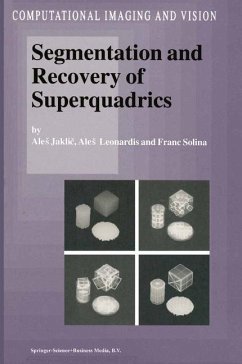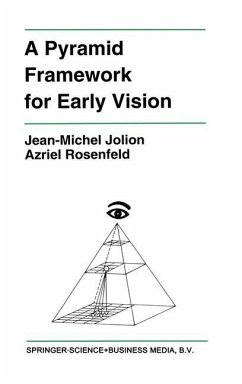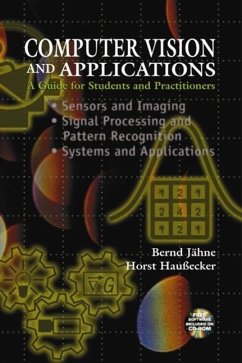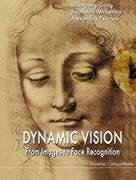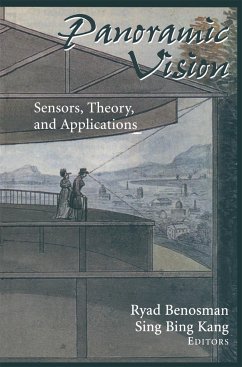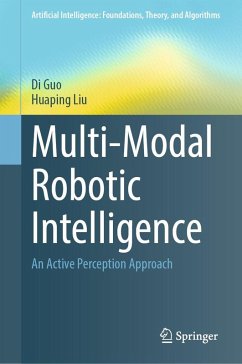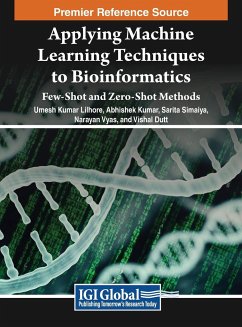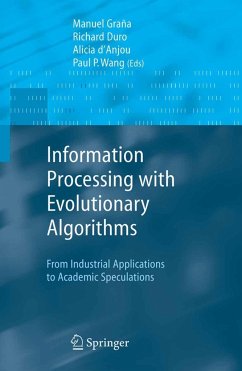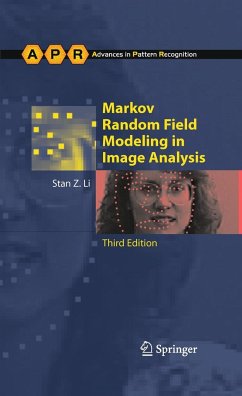
Applying Image Matching to Video Analysis
Versandkostenfrei!
Versandfertig in über 4 Wochen
27,99 €
inkl. MwSt.
Weitere Ausgaben:

PAYBACK Punkte
14 °P sammeln!
Dealing with the volume of multimedia collected on a daily basis for intelligence gathering and digital forensics investigations requires significant manual analysis. A component of this problem is that a video may be reanalyzed that has already been analyzed. Identifying duplicate video sequences is difficult due to differences in videos of varying quality and size. This research uses a kd-tree structure to increase image matching speed. Keypoints are generated and added to a kd-tree of a large dimensionality (128 dimensions). All of the keypoints for the set of images are used to construct a...
Dealing with the volume of multimedia collected on a daily basis for intelligence gathering and digital forensics investigations requires significant manual analysis. A component of this problem is that a video may be reanalyzed that has already been analyzed. Identifying duplicate video sequences is difficult due to differences in videos of varying quality and size. This research uses a kd-tree structure to increase image matching speed. Keypoints are generated and added to a kd-tree of a large dimensionality (128 dimensions). All of the keypoints for the set of images are used to construct a global kd-tree, which allows nearest neighbor searches and speeds up image matching. The kd-tree performed matching of a 125 image set 1.6 times faster than Scale Invariant Feature Transform (SIFT). Images were matched in the same time as Speeded Up Robust Features (SURF). For a 298 image set, the kd-tree with RANSAC performed 5.5 times faster compared to SIFT and 2.42 times faster than SURF. Without RANSAC the kd-tree performed 6.4 times faster than SIFT and 2.8 times faster than SURF. The order images are compared to the same images of different qualities, did not produce significantly more matches when a higher quality image is compared to a lower quality one or vice versa. Size comparisons varied much more than the quality comparisons, suggesting size has a greater influence on matching than quality. This work has been selected by scholars as being culturally important, and is part of the knowledge base of civilization as we know it. This work was reproduced from the original artifact, and remains as true to the original work as possible. Therefore, you will see the original copyright references, library stamps (as most of these works have been housed in our most important libraries around the world), and other notations in the work. This work is in the public domain in the United States of America, and possibly other nations. Within the United States, you may freely copy and distribute this work, as no entity (individual or corporate) has a copyright on the body of the work. As a reproduction of a historical artifact, this work may contain missing or blurred pages, poor pictures, errant marks, etc. Scholars believe, and we concur, that this work is important enough to be preserved, reproduced, and made generally available to the public. We appreciate your support of the preservation process, and thank you for being an important part of keeping this knowledge alive and relevant.



